- Best Cider Plants to Sow in Autumn
- 1. Apple Trees
- 2. Pear Trees
- 3. Crabapple Trees
- 4. Quince Trees
- 5. Medlar Trees
- Features and Benefits of Different Crops
- Apple Trees That Are Perfect for Cider
- Pear Trees That Add a Unique Flavor to Cider
- 1. Doyenne du Comice
- 2. Bosc
- 3. Conference
- 4. Bartlett
- Crabapple Trees for Tangy and Tart Ciders
- 1. Flavor Profile
- 2. Aroma
- 3. Tannins
- 4. Versatility
- 5. Disease Resistance
- 6. Pollination
- 7. Ornamental Value
- Quince Trees for a Sweet and Aromatic Twist
- Features of Quince Trees
- Benefits of Quince Trees
- Cherry Trees for a Rich and Fruity Cider
- Varieties of Cherry Trees
- Benefits of Cherry Trees for Cider
- Growing and Harvesting Cherry Trees
- Plum Trees for a Subtle and Mellow Cider
- Recommended Plum Tree Varieties for Cider Making
- Peach Trees to Add a Tropical Note to Cider
- Benefits of Peach Trees for Cider Making
- Recommended Peach Varieties for Cider Making
- Elderberry Trees for a Deep and Robust Cider
- 1. Flavors
- 2. Tannins
- 3. Color
- 4. Health Benefits
- “Question-Answer”
- What are some of the best cider plants to sow in autumn?
- What are the features of apple trees for cider production?
- What are the benefits of growing pear trees for cider?
- Can crabapple trees be used for making cider?
- What are the characteristics of quince trees for cider production?
- Do these cider plants require any special care?
- “Video” DON’T WASTE YOUR TIME, 5 Crops I would NEVER Grow Again in my Garden
Autumn is the perfect time for cider lovers to start thinking about planting their own cider crops. Whether you’re a fan of the classic apple cider or prefer to experiment with different fruits, there are many options to choose from. In this article, we will showcase some of the best cider plants to sow in autumn, along with their unique features and benefits.
Apple Trees: Apple trees are the most popular choice for cider production. With a wide variety of apple types to choose from, you can experiment with different flavors and blends to create your perfect cider. Apples are also naturally high in sugar, which is essential for fermentation, resulting in a sweet and full-bodied cider.
Pear Trees: If you’re looking to add a unique twist to your cider, consider planting pear trees. Pears bring a subtle sweetness and delicate flavor that complements the apple’s acidity. The combination of apples and pears can create a cider with a complex and well-rounded taste.
Crab Apple Trees: Crab apples are small, tart fruits that are ideal for cider production. While they may not be suitable for eating raw, crab apples are packed with flavor and acidity, making them an excellent addition to your cider blend. They can add a refreshing and tangy note to your cider.
Quince Trees: Quince trees produce a hard, sour fruit that is perfect for adding depth and complexity to your cider. While quinces are not typically used on their own for cider production, they are often added as a flavor enhancer. Quince-infused cider can bring a unique and aromatic touch to your beverage.
Cherry Trees: For those who prefer a fruity and slightly tart cider, cherry trees are an excellent choice. Cherries can add a vibrant red color and a hint of acidity to your cider, creating a refreshing and balanced drink. Additionally, cherries are known for their antioxidant properties, providing health benefits alongside a delicious taste.
Overall, autumn is an exciting time for cider enthusiasts to start planting their own cider crops. Whether you prefer a classic apple cider or want to experiment with different fruits, there are several options to consider. From apple and pear trees to crab apples, quinces, and cherry trees, each crop brings its unique features and benefits to the cider-making process. Plant your cider crops in autumn, and in no time, you’ll be enjoying a homemade cider that perfectly suits your taste.
Best Cider Plants to Sow in Autumn
Fall is the perfect time to sow cider plants, as the cooler temperatures and increased moisture make for optimal growing conditions. Whether you’re a home brewer or just enjoy the taste of fresh cider, sowing cider plants in autumn can yield a bountiful harvest the following year. Here are some of the best cider plants to consider sowing in autumn:
1. Apple Trees
Features: Apple trees are the most common cider plants and come in a variety of cultivars with different flavors and characteristics. They require full sun and well-drained soil.
Benefits: Apple trees produce abundant fruit that can be used for making cider. The flavor profile of the cider will depend on the apple variety used.
2. Pear Trees
Features: Pear trees are another popular choice for making cider. They require full sun to part shade and well-drained soil.
Benefits: Pears can add a unique flavor to cider and are especially favored in traditional English ciders. They also have a high sugar content, which is essential for fermentation.
3. Crabapple Trees
Features: Crabapple trees are a smaller variety of apple trees and are known for their tart flavor. They require full sun and well-drained soil.
Benefits: Crabapples are often used in blends with other apple varieties to add acidity and complexity to the cider. They can also be used to make a single-varietal cider if desired.
4. Quince Trees
Features: Quince trees are small deciduous trees that are related to apples and pears. They require full sun and well-drained soil.
Benefits: Quince fruit has a unique fragrant flavor that adds complexity to cider. It is often used in combination with other fruits to create a unique blend.
5. Medlar Trees
Features: Medlar trees are small, slow-growing trees that produce fruit that resembles rose hips. They require full sun and well-drained soil.
Benefits: Medlar fruit can be used to add a sweet and tart flavor to cider. It is often used in traditional English ciders and adds a unique twist to the flavor profile.
When sowing cider plants in autumn, it is important to choose the right variety for your taste preferences and growing conditions. Consider the flavor profile, size, and cultivation requirements of each plant to ensure a successful cider harvest in the following years.
Features and Benefits of Different Crops
- Apple Cider: Apple cider is a popular choice for making cider due to its sweet and tart flavors. It produces a well-balanced and refreshing drink that can be enjoyed either hot or cold. Apple cider is versatile and can be mixed with other fruits or spices to create unique flavors.
- Pear Cider: Pear cider, also known as perry, offers a distinct flavor profile with its delicate sweetness. It is often described as having a smoother and lighter taste compared to apple cider. Pear cider pairs well with cheeses and charcuteries, making it a great option for entertaining.
- Cherry Cider: Cherry cider is a bold and flavorful choice with its rich, deep red color and intense cherry taste. It has a sweet-tart balance and can be enjoyed on its own or mixed with other fruits. Cherry cider is also known for its potential health benefits, as cherries are a good source of antioxidants.
- Blackberry Cider: Blackberry cider offers a unique and tangy flavor with hints of sweetness. It has a vibrant purple color and a refreshing taste that is perfect for hot summer days. Blackberry cider can be enjoyed as is or used as a base for cocktails and mixed drinks.
- Raspberry Cider: Raspberry cider is known for its bright pink hue and sweet-tart taste. It has a refreshing and slightly tangy flavor that is loved by many. Raspberry cider can be enjoyed on its own or mixed with other fruits for a delightful blend of flavors.
Each of these cider crops has its own distinctive features and benefits, allowing cider enthusiasts to explore a wide range of flavors and options. Whether you prefer the sweet and tangy combination of apple cider or the delicate sweetness of pear cider, there is a cider crop that will suit your preferences and elevate your cider-making experience.
Experimenting with different crops can lead to delicious and unique blends, allowing you to create your own signature cider recipes. So, why not try growing a variety of cider crops this autumn and enjoy the fruits of your labor in the form of homemade cider?
Apple Trees That Are Perfect for Cider

If you’re looking to grow apple trees specifically for making cider, there are certain varieties that are better suited for this purpose. Here are some apple trees that are perfect for cider production:
Bittersweet Apples: These apples have a high tannin content and low acidity, making them perfect for adding body and flavor to ciders. Some popular bittersweet apple varieties include Kingston Black, Dabinett, and Yarlington Mill.
Bittersharp Apples: Bittersharp apples have a balanced amount of tannins and acidity, making them suitable for both flavor and structure in ciders. Some well-known bittersharp apple varieties include Foxwhelp, Medaille d’Or, and Major.
Sharp Apples: Sharp apples have high acidity and lower tannin levels, providing a crisp and tangy flavor to ciders. Popular sharp apple varieties include Cox’s Orange Pippin, Bramley Seedling, and Spartan.
Sweet Apples: Sweet apples are often used as a base for ciders because of their high sugar content. They provide a smooth and fruity flavor to the final product. Some sweet apple varieties suitable for cider production are Golden Delicious, Gala, and Fuji.
When choosing apple trees for cider production, it’s important to consider the specific qualities of the apples and how they will contribute to the final product. It’s also worth noting that many cider producers use a blend of different apple varieties to achieve a balanced and complex flavor profile. So don’t be afraid to experiment and mix different types of apples to create your perfect cider!
Pear Trees That Add a Unique Flavor to Cider
When it comes to making cider, there are a variety of fruit options to choose from. While apples are often the most common choice, pear trees can also add a unique and delicious flavor to your homemade brew. Here are a few pear tree varieties that are known for producing exceptional cider.
1. Doyenne du Comice
The Doyenne du Comice is a popular variety of pear tree that is highly sought after by cider enthusiasts. This French variety is known for its sweet and juicy flesh, which carries over beautifully into cider production. The flavor profile of the Doyenne du Comice lends itself well to both sweet and dry ciders, making it a versatile choice for cider makers.
2. Bosc
The Bosc pear tree is another excellent option for cider production. This variety is known for its firm flesh, which holds up well during the fermentation process. Bosc pears have a distinct flavor that is both sweet and slightly spicy, which adds complexity to the finished cider. If you’re looking to create a cider with a bit of a kick, the Bosc pear is a great choice.
3. Conference
The Conference pear tree is a popular choice for both eating and cooking, but it also produces excellent cider. This variety has a crisp texture and a subtly sweet flavor that pairs well with other apple varieties in cider production. The Conference pear adds a pleasant depth of flavor and a smooth finish to your homemade brew.
4. Bartlett
The Bartlett pear tree is one of the most popular pear varieties in the United States. While it is known primarily for its use in baking and eating, the Bartlett pear can also be used to create exceptional cider. This variety has a sweet and slightly tart flavor that brings a balanced and refreshing taste to your homemade brew.
When choosing pear trees for cider production, it’s important to consider the flavor profile and characteristics of each variety. Each pear tree adds its own unique touch to the final product, allowing you to experiment and create a cider that suits your taste preferences. Whether you’re looking for a sweet and juicy cider or one with a bit of spice, these pear trees are sure to enhance the flavor of your homemade brew.
Crabapple Trees for Tangy and Tart Ciders
When it comes to making ciders with a tangy and tart flavor profile, crabapple trees are an excellent choice. These trees produce small and sour apples that add a unique and distinct taste to ciders. Here are some key features and benefits of using crabapple trees for cider production:
1. Flavor Profile
Crabapples have a naturally high level of acidity, which contributes to their tangy and tart taste. This acidity gives ciders made from crabapples a refreshing and lively flavor. The crabapple’s tartness is often well-balanced with a subtle sweetness, creating a complex and enjoyable drinking experience.
2. Aroma
In addition to their distinctive taste, crabapples also have a strong and pleasant aroma. When using crabapples in cider production, the aroma enhances the overall drinking experience and adds another layer of complexity to the beverage.
3. Tannins
Crabapples are known for their relatively high tannin content. Tannins are natural compounds found in the skins, stems, and seeds of apples. They contribute astringency and bitterness to ciders, which can help balance the fruity sweetness. The tannins in crabapples are usually milder compared to other apple varieties, making them ideal for ciders with a subtle tannin presence.
4. Versatility
Crabapples are available in a wide range of varieties, each with its own unique flavor profile. This variety allows cider makers to experiment and create different cider blends depending on their desired taste. From mildly tart to intensely sour, there is a crabapple variety to suit every cider maker’s preference.
5. Disease Resistance
Crabapple trees are generally more resistant to diseases compared to other apple tree varieties. This resistance makes them easier to grow and maintain, reducing the risk of issues such as apple scab or fire blight. The healthier the trees, the better the quality of the crabapples they produce for cider making.
6. Pollination
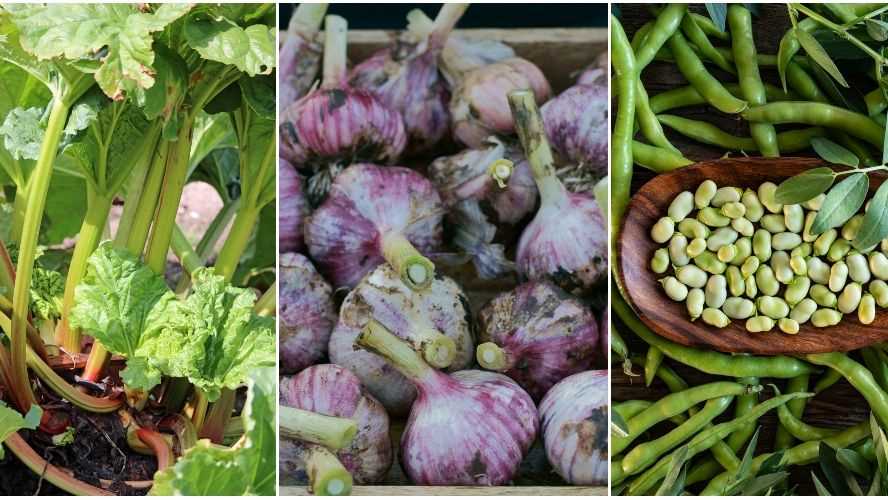
Crabapple trees are excellent pollinators for other apple tree varieties. Their abundant and vibrant flowers attract bees, which helps promote cross-pollination among different apple trees in the orchard. This cross-pollination can result in improved fruit set and better yields for cider production.
7. Ornamental Value
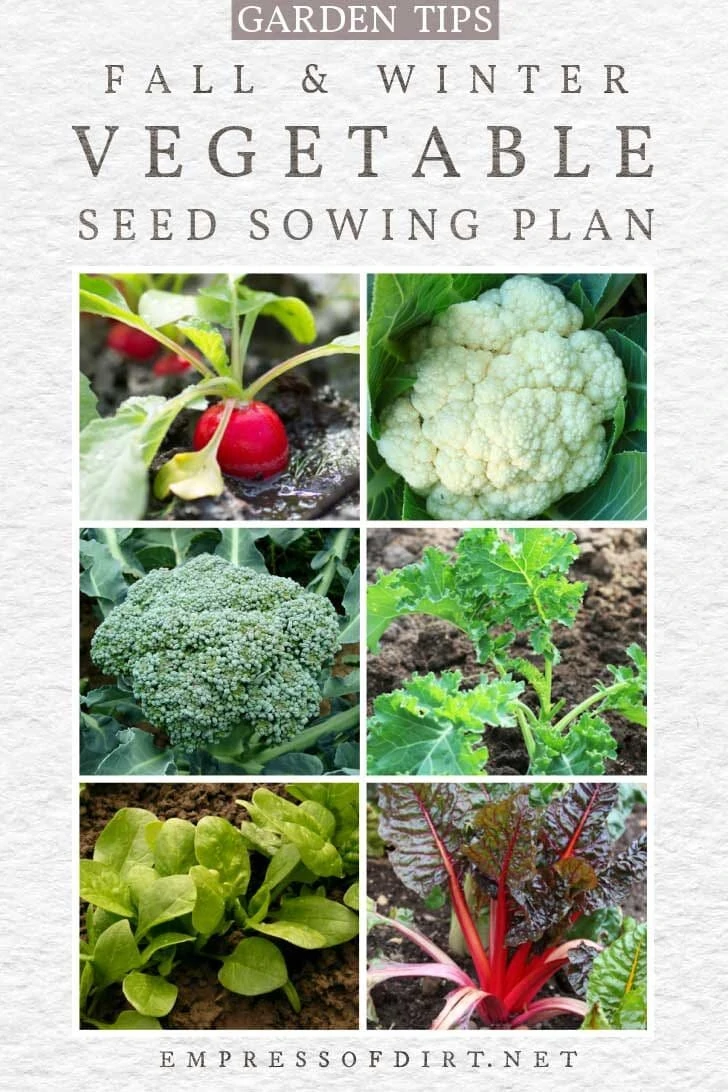
In addition to their practical benefits for cider making, crabapple trees also have ornamental value. These trees produce stunning blossoms in the spring, creating a visually appealing landscape. Their attractive foliage and sometimes colorful fruit also make them a beautiful addition to any garden or orchard.
In conclusion, crabapple trees are an excellent choice for those looking to make tangy and tart ciders. With their unique flavor profile, pleasant aroma, and versatility, crabapples add a special touch to cider production. Additionally, their disease resistance, pollination capabilities, and ornamental value make them a valuable asset in any cider maker’s orchard or garden.
Quince Trees for a Sweet and Aromatic Twist
The quince tree, also known as Cydonia oblonga, is a fruit tree that belongs to the Rosaceae family. It is native to Western Asia and has been cultivated for centuries for its delicious fruit. Quince trees are known for their sweet and aromatic fruit, which is often used in jams, jellies, and desserts.
Features of Quince Trees

- Size: Quince trees typically grow up to 15 feet tall, making them suitable for small gardens or orchards.
- Leaves: The leaves of the quince tree are simple, oval-shaped, and have a glossy green color. They provide a beautiful backdrop for the yellowish fruit.
- Flowers: Quince trees produce stunning, fragrant flowers in early spring. The flowers are pink or white, and they attract bees and other pollinators.
- Fruit: The quince fruit is large, yellow, and pear-shaped. It has a unique aroma and a tart taste when raw. However, when cooked or baked, it becomes sweet and delicious.
- Hardiness: Quince trees are hardy and can tolerate a wide range of climates, from temperate to subtropical.
Benefits of Quince Trees
- Drought-tolerant: Quince trees are known for their ability to withstand dry conditions, making them a great choice for regions with limited water resources.
- Low maintenance: Once established, quince trees require minimal care. They are resistant to pests and diseases, making them a reliable addition to any garden.
- Ornamental value: In addition to their tasty fruit, quince trees also provide ornamental value. The fragrant flowers and glossy leaves make them a beautiful addition to any landscape.
- Multiple uses: Quince fruit can be used in a variety of culinary preparations, such as preserves, pies, and tarts. It is also a great addition to fruit salads and can be used to flavor drinks.
- Health benefits: Quince fruit is rich in fiber, vitamin C, and antioxidants. It is known for its anti-inflammatory and digestive properties.
| Variety | Characteristics |
|---|---|
| Champion | Large fruit, golden-yellow skin, sweet flavor |
| Pineapple | Fragrant fruit, yellow skin with a pineapple-like flavor |
| Smyrna | Medium-sized fruit, golden-yellow skin, aromatic flavor |
| Vranja | Large fruit, yellow skin, tart flavor |
Quince trees are a versatile and rewarding addition to any garden. With their sweet and aromatic fruit, they provide a unique twist to your culinary creations. Whether you enjoy them fresh or use them in preserves or desserts, quinces are sure to delight your taste buds.
Cherry Trees for a Rich and Fruity Cider
If you’re looking to add a rich and fruity flavor to your cider, cherry trees are a great choice. Cherries have a unique sweetness that pairs well with the tartness of apples, creating a well-balanced and delicious cider.
Varieties of Cherry Trees
There are several varieties of cherry trees that are ideal for cider production:
- Sweet Cherries: Sweet cherries like Bing and Rainier are popular choices for cider making. They have a high sugar content and add a bold, sweet flavor to the cider.
- Sour Cherries: Sour cherries like Montmorency are another option for cider making. They have a tart flavor that adds a nice acidity to the cider.
Benefits of Cherry Trees for Cider
Adding cherries to your cider can bring several benefits:
- Enhanced Flavor: Cherries add a unique and distinct flavor to cider, creating a more complex and enjoyable taste.
- Balance of Sweetness and Tartness: The sweetness of cherries balances out the tartness of apples, resulting in a well-balanced cider.
- Rich Color: Cherries can also give your cider a rich red color, making it visually appealing.
- Additional Nutritional Value: Cherries are rich in antioxidants and other beneficial nutrients, adding nutritional value to your cider.
Growing and Harvesting Cherry Trees
Cherry trees require a sunny location and well-drained soil to thrive. They are generally low-maintenance and can tolerate a variety of climates. It’s important to provide adequate water and fertilizer during the growing season.
Cherries are typically harvested in early summer when they are fully ripe. Once harvested, the cherries can be used immediately for cider production or preserved for later use.
| Cherry Variety | Best Growing Zone | Harvest Time |
|---|---|---|
| Bing | Zones 5-9 | June |
| Rainier | Zones 5-9 | June-July |
| Montmorency | Zones 4-8 | July-August |
When selecting cherry trees for cider production, consider the specific climate and growing conditions in your area to ensure the best results.
Overall, cherry trees provide a fantastic option for cider makers looking to infuse their creations with a rich and fruity flavor. Experiment with different cherry varieties to find the perfect balance for your cider recipe.
Plum Trees for a Subtle and Mellow Cider
If you are looking to make a cider with a subtle and mellow flavor, using plum trees can be a great choice. Plum cider is known for its smooth and slightly sweet taste, making it a popular option among cider enthusiasts.
Plum trees have several advantages when it comes to cider production:
- Variety: There are numerous varieties of plum trees available, each offering its unique flavor profile. Some popular plum varieties for cider production include Victoria, Stanley, and Damson.
- Abundant Fruit: Plum trees are known for their generous fruit production, yielding a high quantity of plums that can be used for cider making.
- Flavor: Plums have a naturally sweet and juicy taste, which translates well into cider. The flavor is subtle and mellow, making it an excellent choice for those who prefer a smoother cider.
- Blending Potential: Plum cider can also be used as a base for blending with other fruits or cider varieties, adding complexity and depth to the final product.
When it comes to cider production, plums can be used both as a primary ingredient or as a complementary fruit. Their versatility allows for various cider-making techniques and experimentation with flavors.
Recommended Plum Tree Varieties for Cider Making
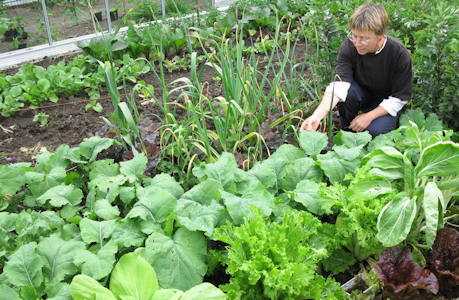
Here are a few plum tree varieties that are highly recommended for cider making:
| Plum Variety | Flavor Profile |
|---|---|
| Victoria | Sweet and tangy |
| Stanley | Rich and full-bodied |
| Damson | Tart and flavorful |
These plum varieties offer unique flavors that can contribute to the overall taste of the cider. Experimenting with different combinations and ratios of these plums can lead to the creation of a truly distinct and enjoyable cider.
In conclusion, if you are looking to make a cider with a subtle and mellow flavor, consider using plum trees. Their abundant fruit production and naturally sweet taste make them an excellent choice for cider making. With a variety of plum tree options available, you can experiment and create your unique blend of plum cider.
Peach Trees to Add a Tropical Note to Cider
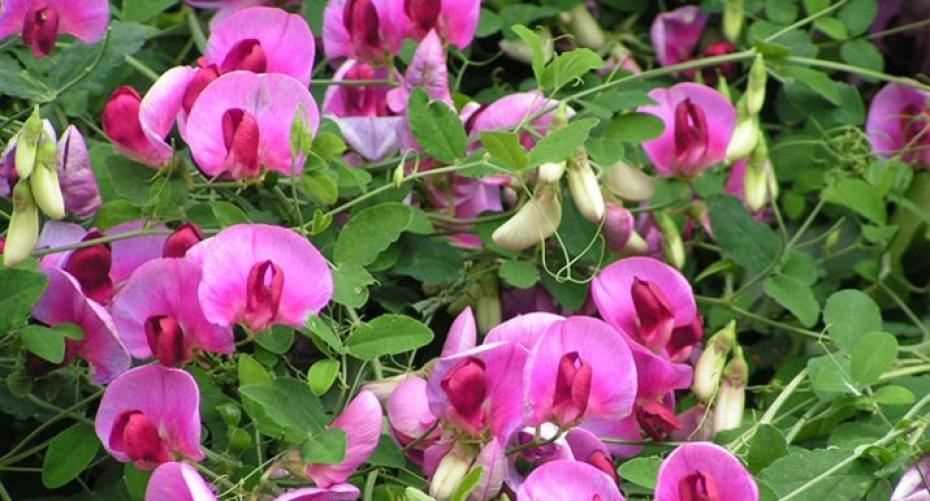
If you’re looking to add a tropical twist to your cider, consider planting peach trees. These fruit-bearing trees not only provide delicious peaches for eating, but they also add a unique flavor to homemade cider.
Benefits of Peach Trees for Cider Making
- Distinct Flavor: Peaches have a sweet and slightly tart flavor that pairs well with the natural acidity of cider. This combination adds complexity and depth to the taste of the final product.
- Aromatics: Peach trees produce fragrant blossoms in the spring, which can infuse the cider with a delightful floral aroma.
- Versatility: Peaches can be used in various ways when making cider. You can press the fruit to extract the juice, ferment the whole peaches, or even add peach puree during the fermentation process.
- Visual Appeal: The vibrant colors of ripe peaches can make your cider visually appealing, especially when blended with other fruits.
Recommended Peach Varieties for Cider Making
When selecting peach trees for your cider production, consider these popular varieties:
| Variety | Characteristics |
|---|---|
| Glowing Star | A clingstone peach with yellow flesh and a sweet flavor. It is well-suited for both eating and cider making. |
| Redhaven | A freestone peach with yellow-orange skin and firm flesh. It has a balanced flavor and is commonly used in cider making. |
| Elberta | A popular peach variety known for its large size and juicy flesh. It has a sweet flavor that adds richness to cider. |
These peach varieties are readily available and are known for producing high-quality fruit that can elevate your cider-making endeavors.
In conclusion, planting peach trees offers a fantastic opportunity to incorporate a tropical note into your cider. With their distinct flavor, pleasing aroma, versatility, and visual appeal, peaches can truly enhance the overall experience of enjoying a glass of homemade cider.
Elderberry Trees for a Deep and Robust Cider
Elderberry trees are an excellent choice for those looking to produce a deep and robust cider. The berries of the elderberry tree are known for their rich and complex flavors, which can add depth and character to any cider blend. Here are some features and benefits of growing elderberry trees for cider production:
1. Flavors
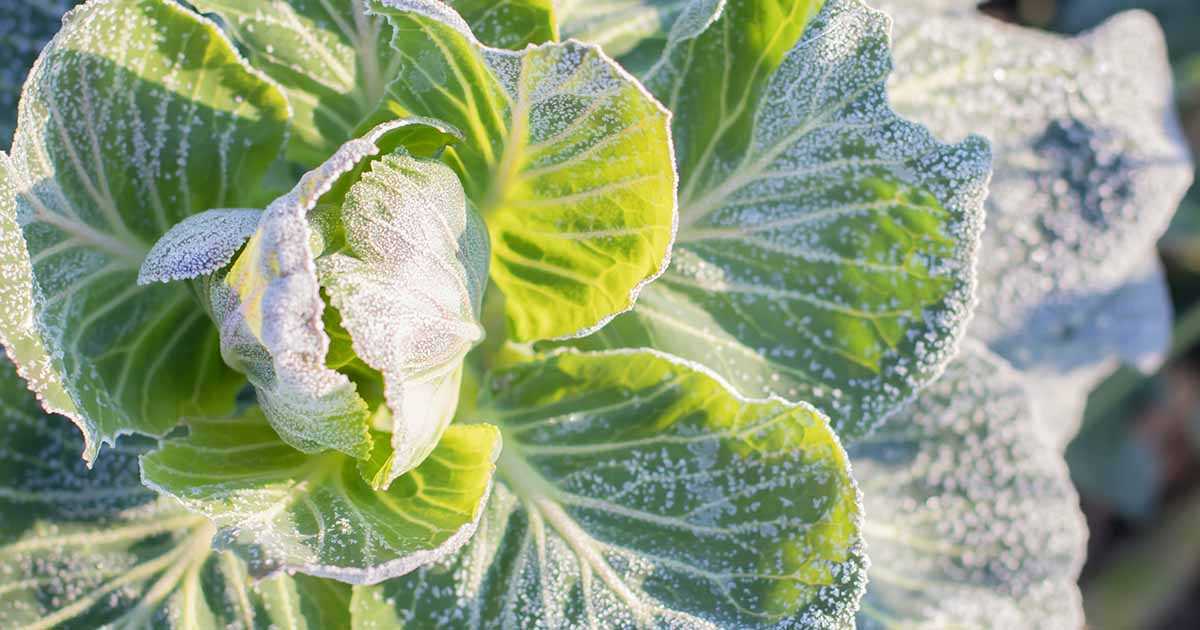
Elderberries have a unique flavor profile that is often described as deep, dark, and earthy. The berries can contribute notes of blackberry, plum, and spice to a cider, creating a complex and flavorful taste experience.
2. Tannins
Elderberries are high in tannins, which are natural compounds that provide structure and astringency to cider. Tannins can add depth and balance to the overall flavor profile of the cider, making it more robust and full-bodied.
3. Color
The deep purple color of elderberries can give cider a rich and vibrant hue, enhancing the visual appeal of the drink. This can be especially appealing for those looking to produce ciders with a darker color palette.
4. Health Benefits
In addition to their culinary uses, elderberries are also known for their health benefits. They are rich in antioxidants and vitamins, and have been traditionally used to support immune health and promote overall wellbeing.
| Feature | Benefit |
|---|---|
| Flavors | Deep and complex taste profile |
| Tannins | Contributes depth and balance |
| Color | Enhances visual appeal |
| Health Benefits | Rich in antioxidants and vitamins |
Growing elderberry trees for cider production can be a rewarding experience for cider enthusiasts. Their unique flavors, tannins, and visual appeal make elderberries a great choice for those looking to create a deep and robust cider.
“Question-Answer”
What are some of the best cider plants to sow in autumn?
Some of the best cider plants to sow in autumn include apple trees, pear trees, crabapple trees, and quince trees. These trees produce flavorful fruits that can be used to make delicious cider.
What are the features of apple trees for cider production?
Apple trees are ideal for cider production due to their high fruit yield, diverse flavors, and adaptability to different climate conditions. They can be grown in various sizes, making them suitable for both large orchards and small gardens.
What are the benefits of growing pear trees for cider?
Growing pear trees for cider provides several benefits. Pear cider has a unique and refreshing flavor profile, different from apple cider. Pear trees are also relatively easy to grow and can tolerate a wider range of soil conditions compared to some other fruit trees.
Can crabapple trees be used for making cider?
Yes, crabapple trees can be used for making cider. Some varieties of crabapples have a high sugar content and tart flavor that adds complexity to cider blends. They can be used alone or mixed with other fruits to achieve the desired taste.
What are the characteristics of quince trees for cider production?
Quince trees are valued for their aromatic and tart fruits that are excellent for making cider. They have a distinct flavor that adds a unique twist to traditional cider recipes. Quince trees also have attractive flowers, making them a beautiful addition to a garden or orchard.
Do these cider plants require any special care?
While cider plants like apple trees, pear trees, crabapple trees, and quince trees are generally easy to grow, they still require some care. Regular pruning, proper watering, and protection against pests and diseases are important for their healthy growth and optimal cider production.







